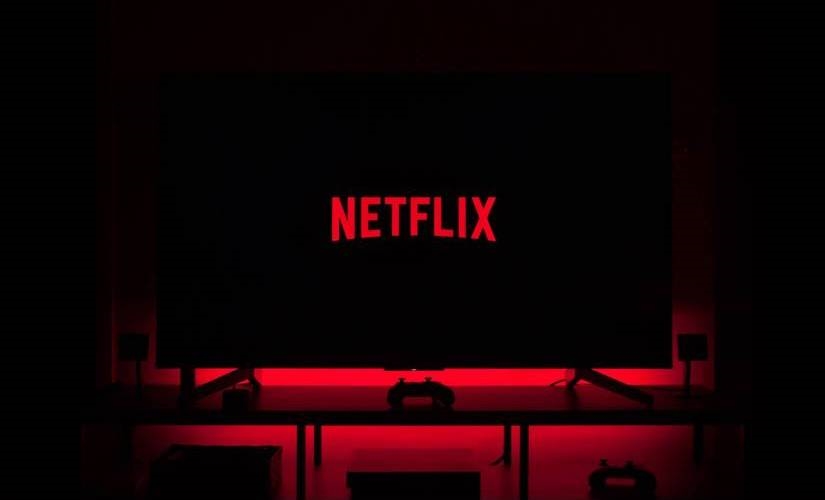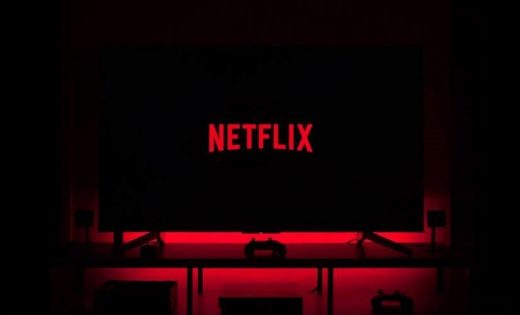Where Netflix’s Bid for Competitive Talent Misses the Mark
Where Netflix’s Bid for Competitive Talent Misses the Mark

The tech industry is staring down the barrel of an urgent staffing issue. By 2026, the U.S. Bureau of Labor Statistics predicts the deficit of software developers alone will eclipse 1.2 million. As demand for skilled workers continues to rise, companies with the deepest pockets and most cachet will have an enormous advantage.
Netflix is one of those companies. Moreover, it has wasted no time capitalizing on its current position in the marketplace. Last year, the streaming giant dethroned Google as the top tech employer — a win that many people attribute to its two-pronged strategy of employer branding and posting impressive starting salaries (ranging from $ 70,000 to $ 850,000).
Digging Into Netflix’s Problem
While it might sound appealing, Netflix’s branding strategy comes up short. But why?
Building an employer brand primarily around salary offerings is shallow.
It’s shallow because there’s no story there and certainly nothing to set you apart when competitors start offering similar compensation. Instead, Netflix (and other companies) should do the following things:
1. Consider the Quality vs. Quantity of Employees
To be sure, creating an employee-led podcast and offering higher wages will increase Netflix’s volume of applicants. After all, 75% of job seekers say they’re drawn to companies that actively manage their employer brand — and 80% of HR leaders agree that employer branding helps them attract talent.
But consider this: It already takes about 23 days longer to hire tech talent than to fill other roles. Now that Netflix recruiters are attracting just about everyone, they’ll have to wade through a tidal wave of applicants to find the most high-quality candidates. The result? Further extending the time it takes to hire and onboard top-tier talent.
2. Justify the Higher Salary
Getting people through the doors is only half of the equation. As I see it, Netflix failed to make the tangible link between its higher salaries and why it’s such a revered place to work. It also has not clarified what it takes to thrive as a Netflix employee from day one.
It’s about telling high-quality candidates, “Here’s what you need to be prepared to put into this organization in order to reap the benefits of the higher salary.”
Using this give-and-get approach, Netflix gets the message that it pays more in the marketplace while also setting workplace expectations that explain why only top-caliber talent will be chosen to receive those benefits.
3. Tell a More Compelling Story
There’s something beautiful about a cohesive culture where people strive for success and improvement together. That’s a story everyone likes to hear. Great business leaders can push their teams further than those teams thought possible because of their story and the purpose behind the journey they’re on.
Salary isn’t a compelling story on its own — and it might not even be the competitive advantage it once was. The average software developer’s salary has been trending upward for a while now. In May 2020, for example, the median annual salary was $ 110,140 for software developers, with the lowest 10% of workers making less than $ 65,210 and the highest 10% making more than $ 170,100. So companies are left with two choices:
- Outsource their tech work to Eastern European countries like Russia, Ukraine, Belarus, Poland, and Romania, which have enormous IT labor pools and cheaper rates.
- Pay their employees London, New York, or San Francisco prices to keep up with industry averages.
Yes, money will always be important. But when paying engineers and developers high salaries becomes the norm; job seekers will turn their attention to something more compelling and differentiating — such as the promise of playing a part in groundbreaking technological advancements. Unfortunately, Netflix isn’t telling those stories yet.
4. Position a Job at Netflix as a Career Catalyst
As a leader, you want to paint a picture that speaks to the purpose of your organization: how you’re disrupting the market; how you are stretching what’s possible; and how, if an employee sticks with your company, they’ll be set up for long-term success.
That’s the difference between an average developer taking a job for the money and a developer who’s passionate about their work and looking to be part of a company known for launching people toward career success. Unfortunately, Netflix has missed out on the opportunity to cement its reputation as a career catalyst rather than just an employer.
Where Does Netflix Go From Here?
Netflix is at a crossroads. Gone are the days of being the scrappy startup fighting its way to the top.
Netflix has already reached the realm of being a “massive corporate entity.”
So Netflix has become a gigantic corporate entity, and in the process, its employer branding became a lot more transactional: “Come work for us, and we will pay you a lot of money.”
This sterile employer brand story leaves Netflix wide open to competitors — namely, smaller startups with great ambition and the ability to galvanize high-quality candidates around a mission. As a result, the company can either adjust its outreach approach to emphasize tangible brand value or risk losing great talent to companies with more strategic hiring plans and a stronger employer brand.
Image Credit: thibault penn; unsplash; thank you!
The post Where Netflix’s Bid for Competitive Talent Misses the Mark appeared first on ReadWrite.
(49)


